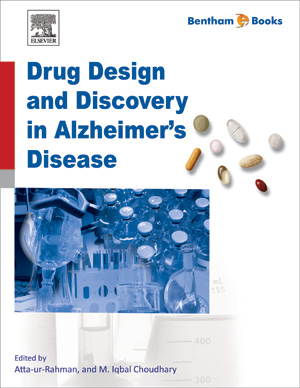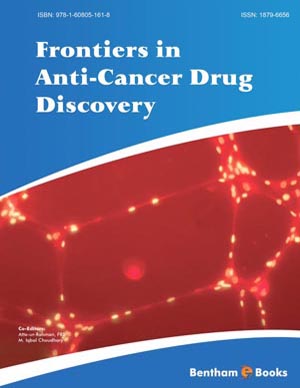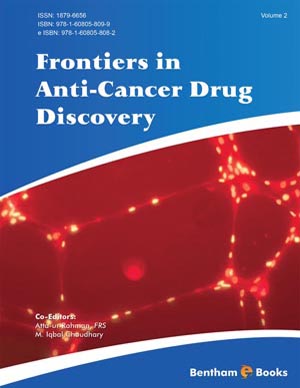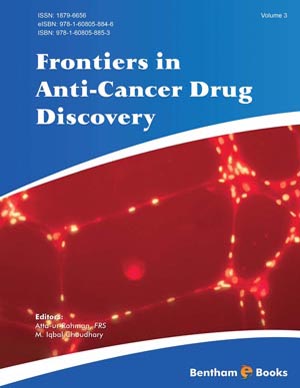Abstract
The discovery and the characterization of the cannabinoid receptor 1 (CBR1) as well as the finding of its involvement in the regulation of satiety, has initiated the race for the development of antagonist molecules with the admitted purpose to counteract obesity. The first one which reach the clinical trials, was the SR141716, or Rimonabant, and a large number of studies were conducted with this molecule. The RIO, STRADIVARIUS, SERENADE and ADAGIO studies clearly showed that Rimonabant led to a loss of weight, an increase of HDL-C levels, a decrease of triglycerides and blood pressure, an improvement of the insulin response and glucose uptake, as well as an increase of adiponectin levels. Surprisingly, numerous effects of this molecule seem to be linked to a peripheral action. In particular, Rimonabant has a strong anti-inflammatory action on liver and on fat cells, which could explain its beneficial effects on the insulino-resistance. However, the molecule possesses major side effects, limitating its commercial development. These effects are inherent to the central action of the CBR1 antagonists. To eliminate these problems, it will be necessary to develop molecules which have only peripheral effects. Beside this, other molecules with a more important fat specificity could be of a strong interest, such as Cholesteryl Ester Transfert Protein (CETP) inhibitors. Indeed, this type of molecules gives good clinical results with no central effect. So, despite the commercial failure of Torcetrapib, it is likely that we will see the development of several molecules targeting CETP and yet with limited side effects.
Keywords: Endocannabinoid, SR141716, obesity, adipocyte, adipose tissue.






















